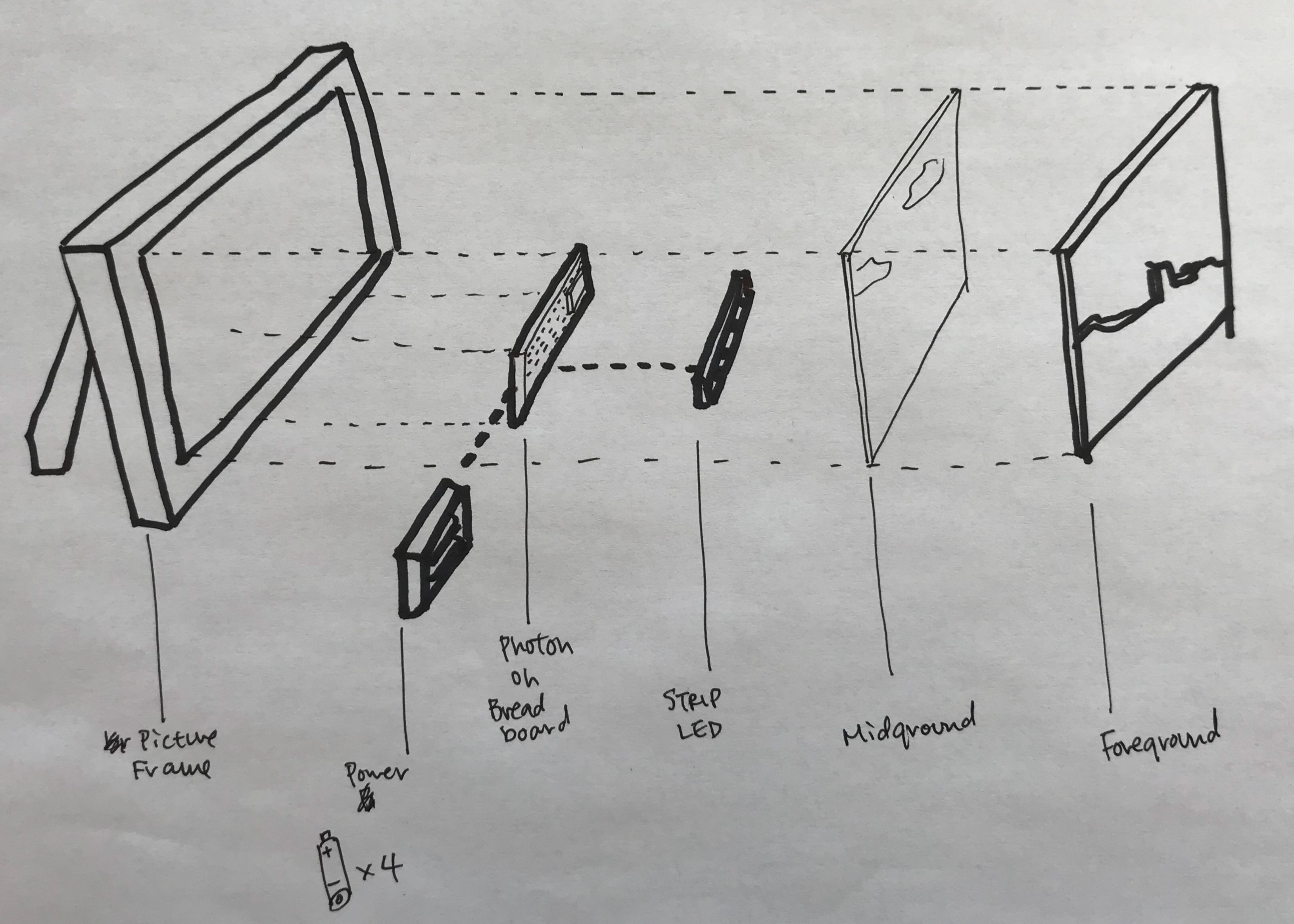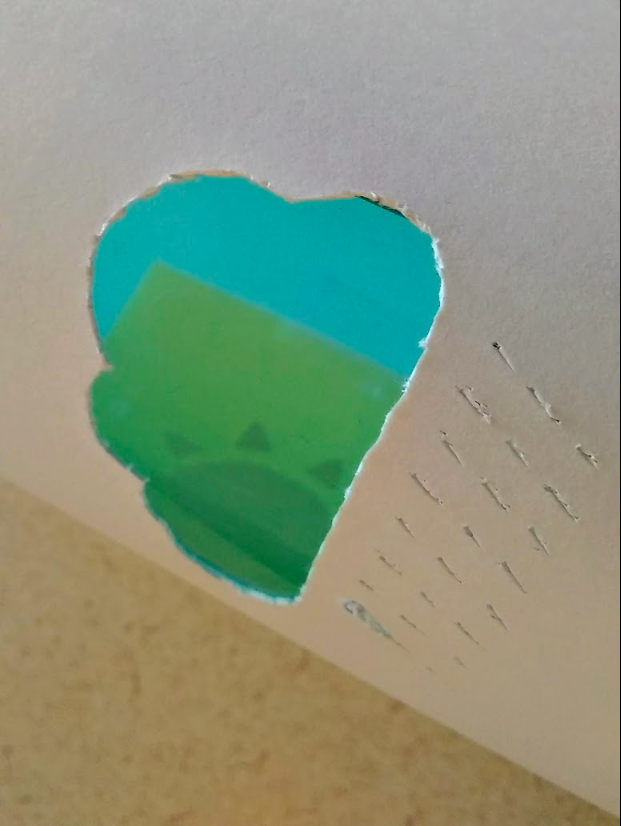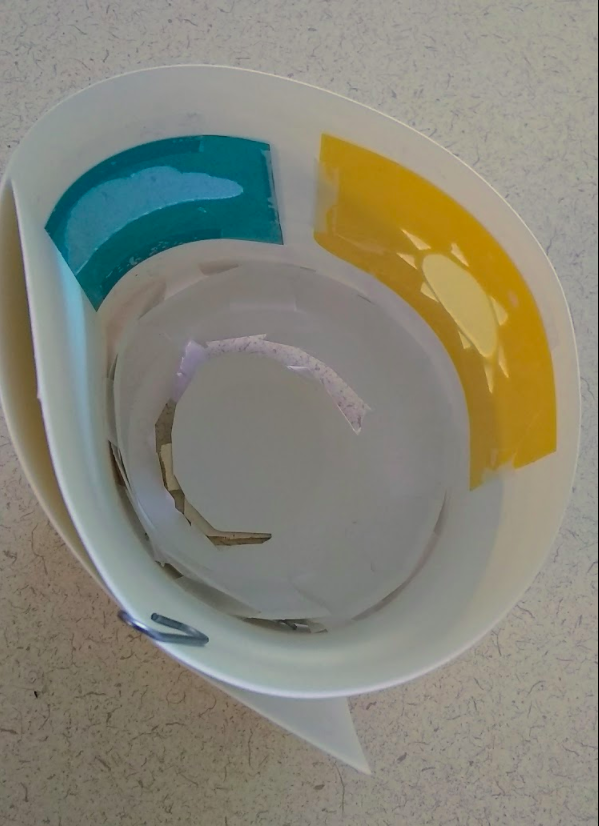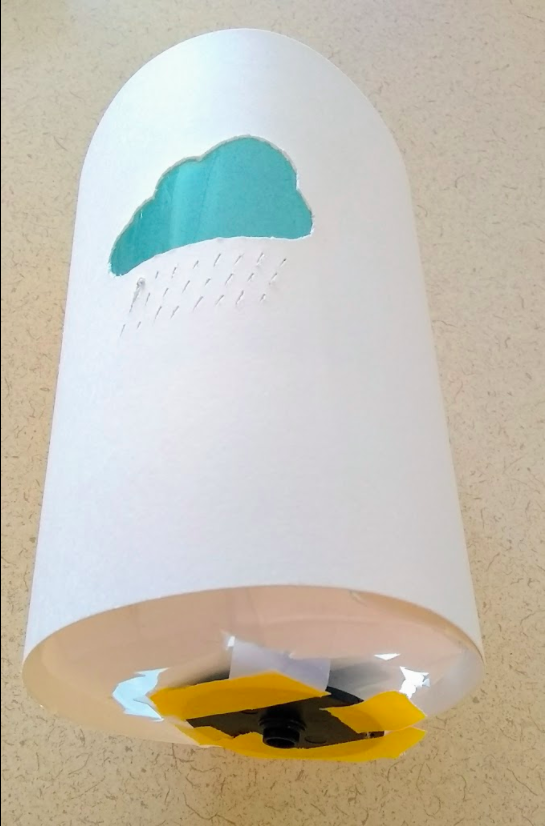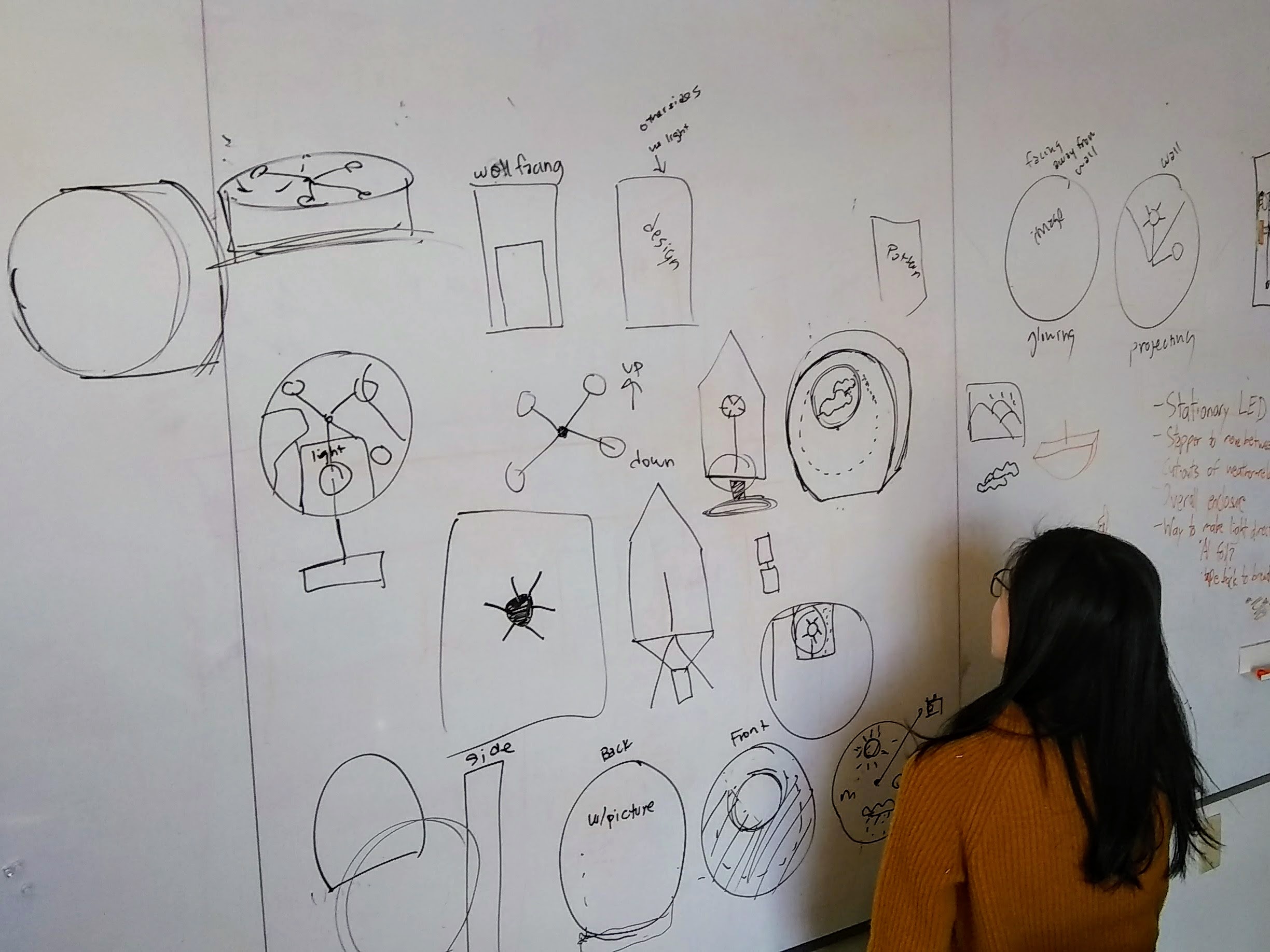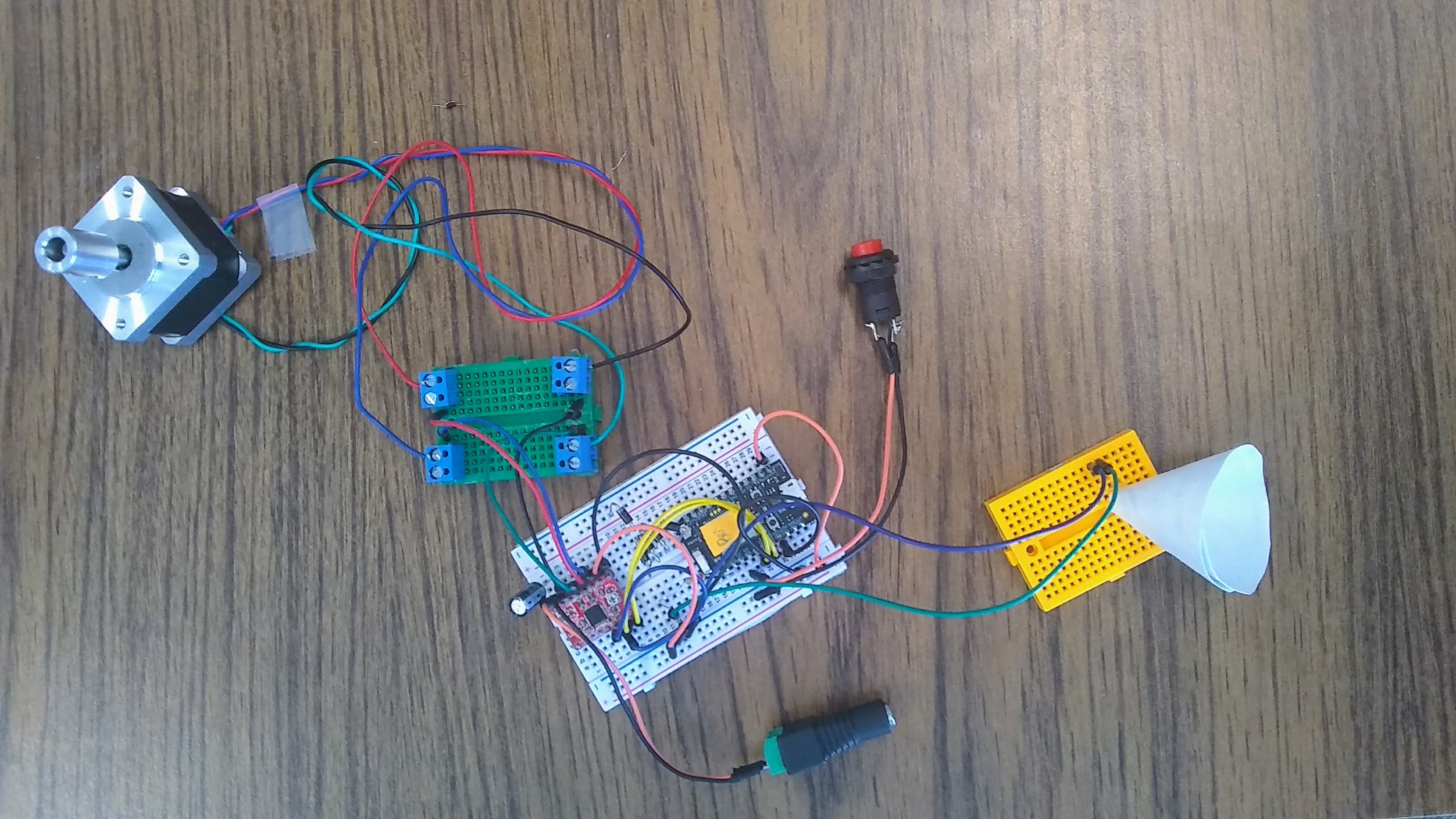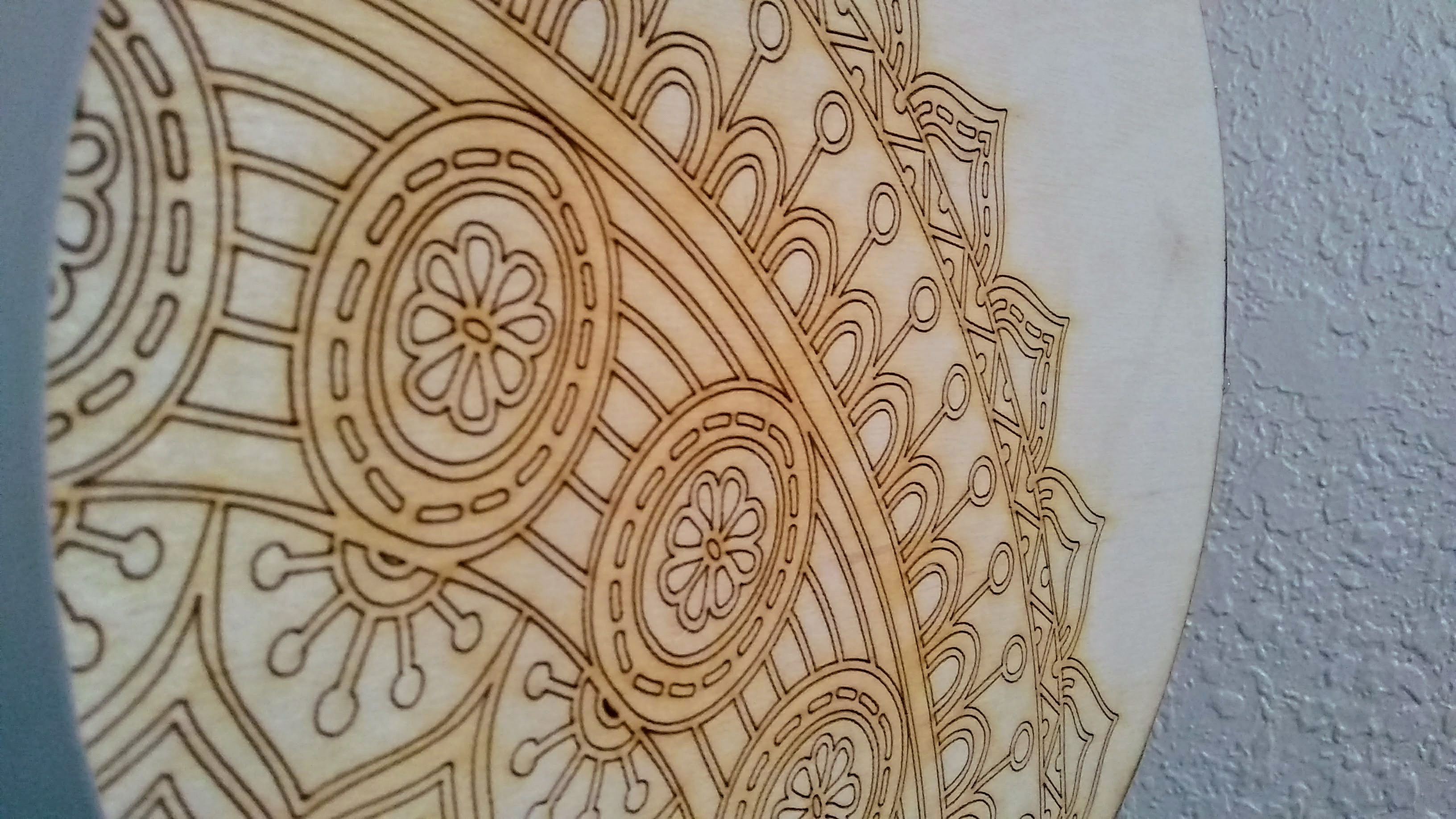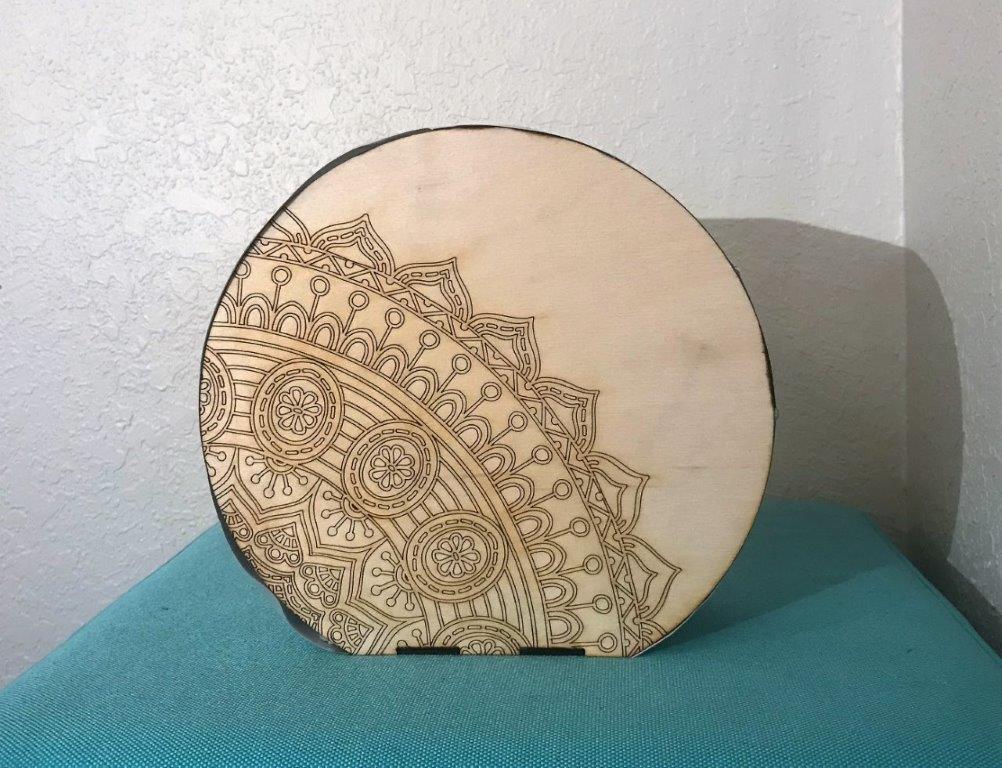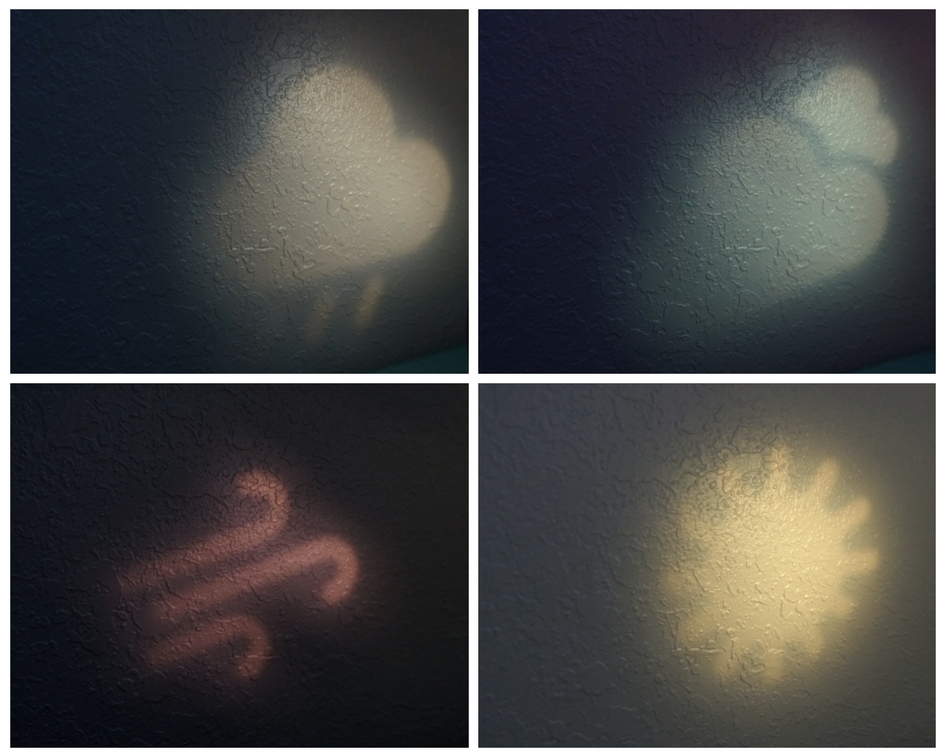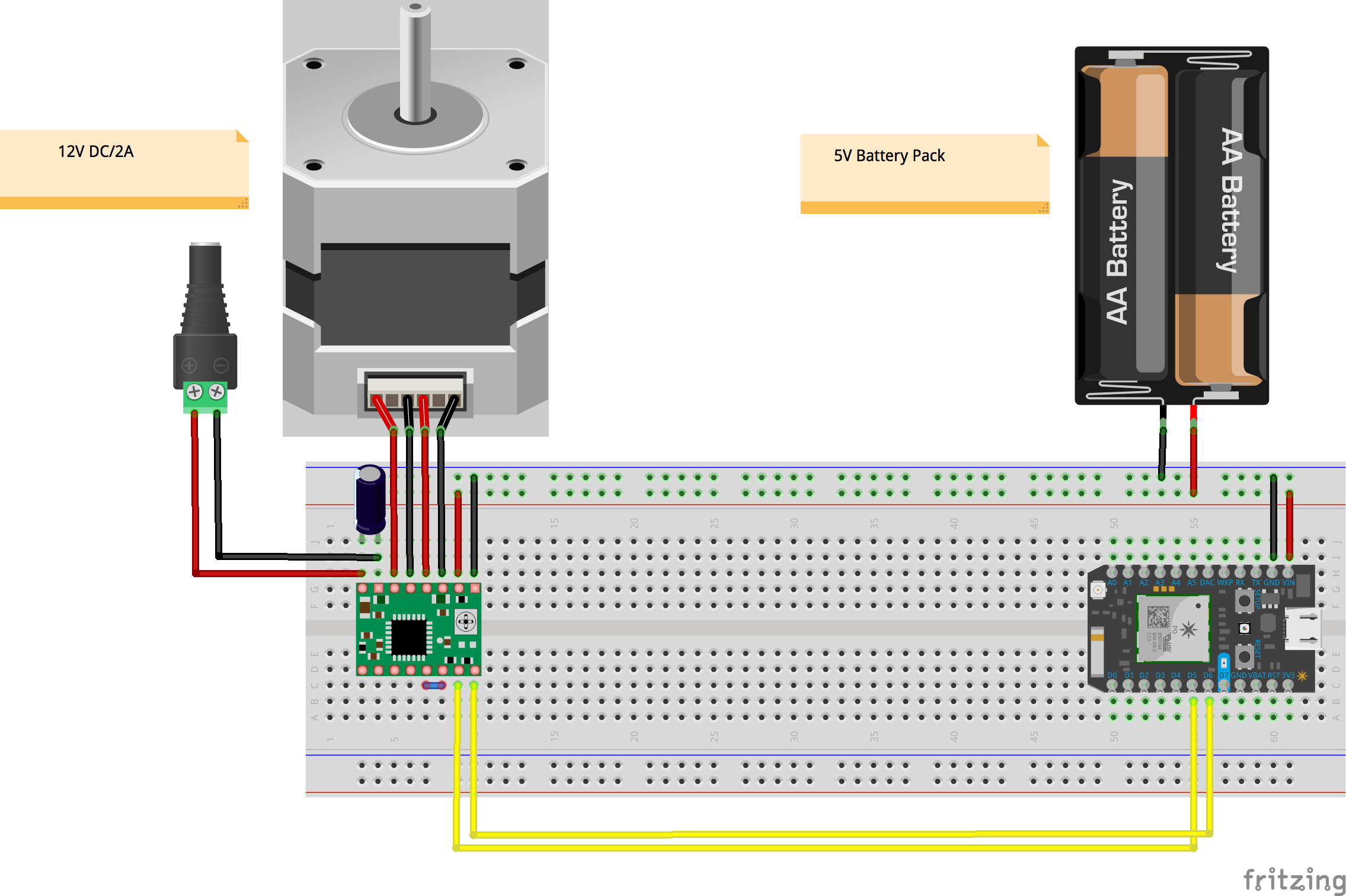Process
We set out to build a picture frame with an LED strip behind the image. The image would show a view outside the windows of the student's home, and the LED light would change its intensity/color based on the weather of the student's hometown. By looking at the picture frame, the student would know what the weather is like in their hometown while they are living away from their home. Through our design and circuit building process, we created a number of iterations, keeping with the original intent of the project while changing the form and some functionality.
Form Progression
As pictured below, our initial concept was in the form of a picture frame, backlit with an LED light. Upon getting feedback and considering the impact of the design, we brainstormed around creating a form that was more representative of 'home' for the user and that had a stronger design element and more dynamic functionality. Our first prototype incorporated motion (a spinning cylinder), different colored light (using plastic colored film), and projection. These additional components made for a higher impact product; however, we still wanted to improve upon the form from an aesthetic and functional perspective. Aesthetically, we wanted the form to be clean while incorporating art from our student's country of origin. We explored doing this through painting and through laser cutting wood and ultimately found that the laser cut wood created a cleaner aesthetic. For our form, we changed the stepper motor rotation axis from a z-axis rotation to a y-axis rotation in order to create a simpler mechanism by which to support the light above the stepper motor.
Building The Circuit
Starting with the breadboard, we added an LED and then the stepper motor and driver. From that point, the team tested the light and realized that it was not strong enough to project onto a wall. We then replaced the LED with a neopixel; however, this solution did not work either. We considered using an 8x8 LED matrix but realized that given our desired functionality, a light that was consistently on would work just as well. We opted to use a flashlight that was not connected to the circuit. From this point, we removed all lighting components from the circuit. We initially had a button in the circuit to activate the stepper motor; however, for the purposes of the system and demo we opted to control the circuit through a computer instead of a physical button. We tested the functionality of the circuit intermittently to ensure that it worked well in conjunction with the physical prototype.
